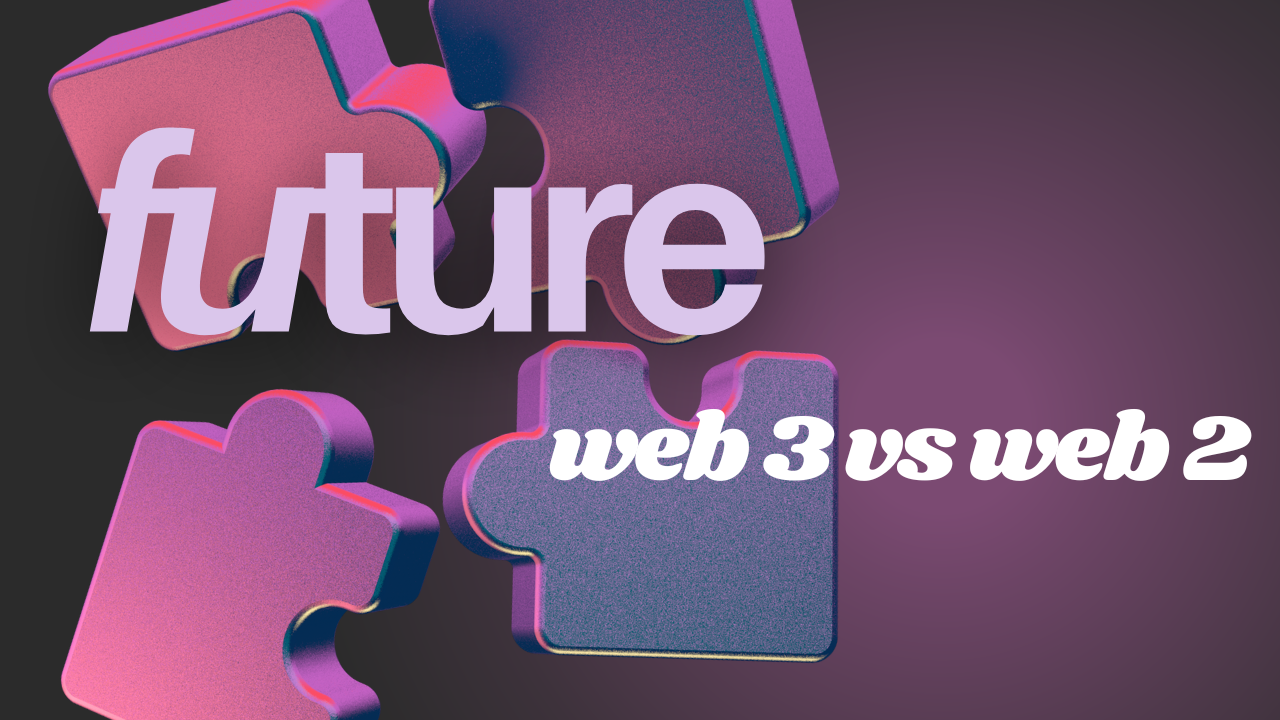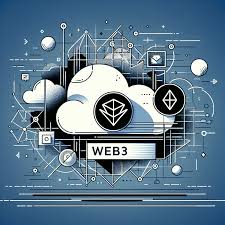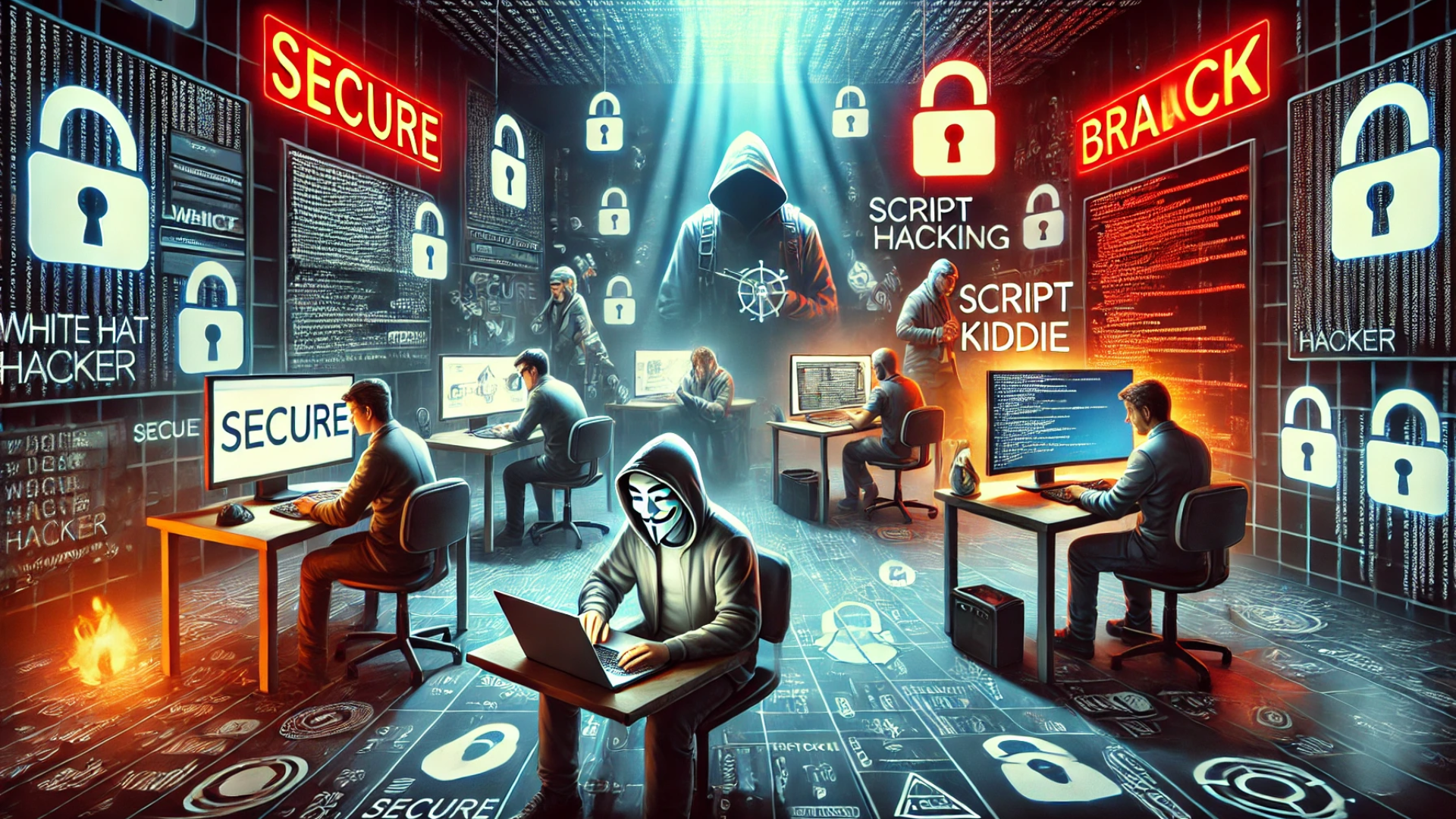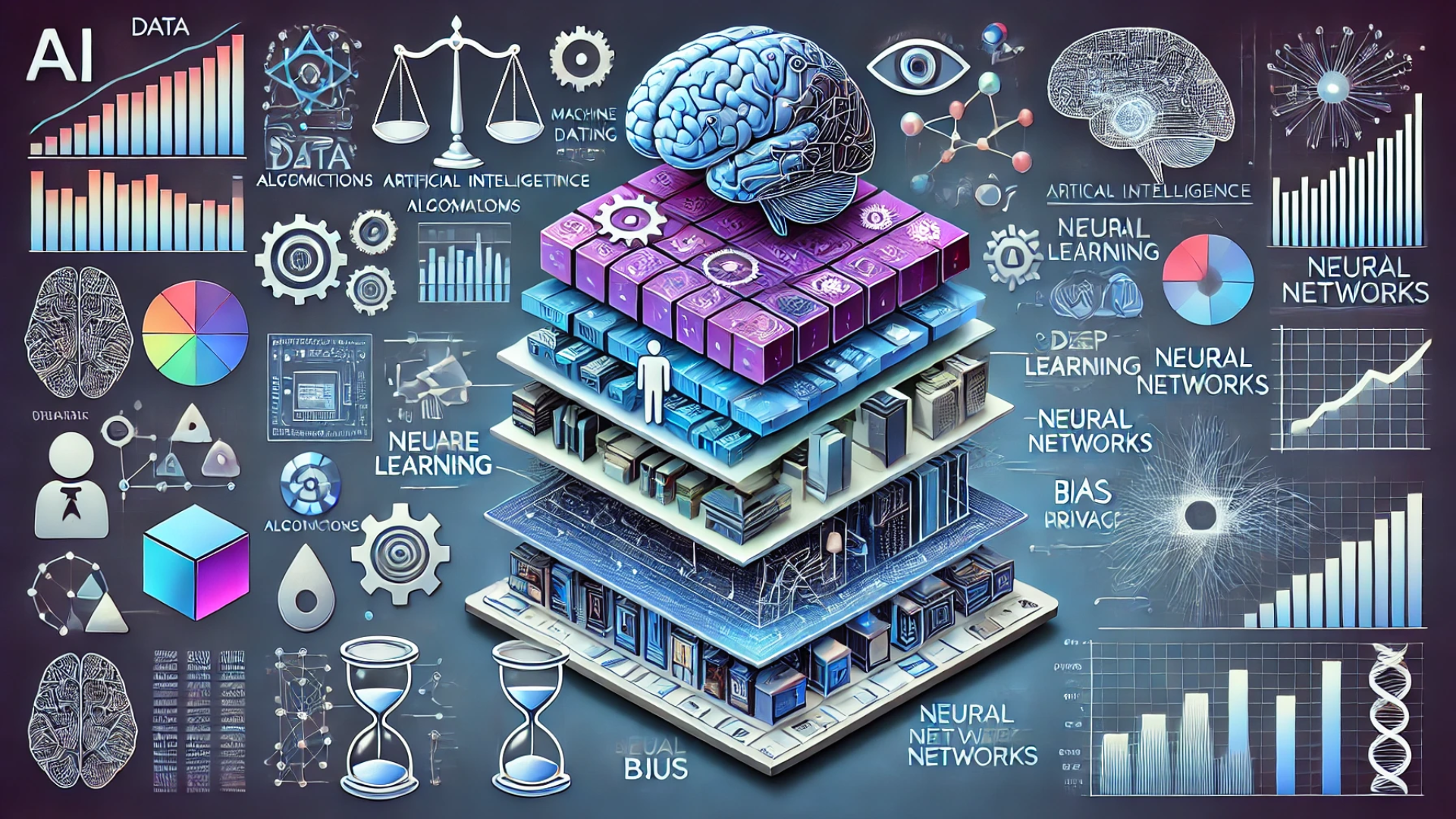
In the ever-evolving landscape of the internet, the transition from Web 2 to Web 3 technology represents a significant leap forward, offering a new paradigm for how we interact with the digital world. This article aims to demystify these technological eras in simple terms, highlighting the key differences and what they mean for the future of online experiences.
Introduction to Web 2 and Web 3 Technology
The internet has undergone remarkable transformations since its inception. Initially, Web 1.0 focused on providing information with static webpages, serving as a digital encyclopedia. The advent of Web 2, also known as the social web, revolutionized this by introducing interactive platforms, social networking sites, and user-generated content, making the internet more dynamic and interconnected.
Enter Web 3, the next evolutionary phase, which promises to redefine the internet’s infrastructure by prioritizing user sovereignty, data privacy, and interoperability through blockchain technology, artificial intelligence (AI), and decentralized applications (DApps). This shift is not merely technical but philosophical, aiming to return control from centralized corporations to individual users.

Ownership and Control: From Corporations to Users
Centralization in Web 2: A Double-Edged Sword
Web 2’s rise brought unprecedented connectivity and innovation. However, it also led to the centralization of power in the hands of a few major corporations. These entities control vast amounts of user data, dictating the terms of privacy, content, and monetization, often at the expense of user autonomy and privacy.
The Decentralization of Web 3: Empowering the Individual
Contrastingly, Web 3 introduces a decentralized framework, where data and platforms are not owned by a single entity but are distributed across a network of computers. This shift empowers users with ownership and control over their data and online interactions, fostering a more democratic and equitable internet.
Data Privacy and Security: Rethinking Online Safety
The Privacy Concerns with Web 2 Platforms
Data breaches, surveillance, and misuse of personal information are significant concerns in the Web 2 era. Users often trade their privacy for convenience, unknowingly contributing to the vast data mines controlled by corporations.
Enhanced Security and Privacy in Web 3
Web 3 addresses these concerns by leveraging encryption and blockchain technology to secure user data. In this new era, privacy and security are not afterthoughts but foundational principles, offering users transparency and control over their digital footprints.
Interoperability and Connectivity Across the Web
Siloed Ecosystems in Web 2
Web 2 platforms often operate within walled gardens, with limited interoperability between different services and ecosystems. This fragmentation hinders the seamless exchange of information and value across the internet.
Seamless Interoperability in Web 3
Web 3 envisions a connected ecosystem where applications, assets, and data can interact without barriers, regardless of the platform or service. This interoperability is facilitated by standard protocols and decentralized networks, paving the way for a more integrated and efficient internet.
Transforming Social Media: From Monetization to Democratization
The Monopolies of Web 2 Social Platforms
Social media platforms have become central to Web 2, shaping how we communicate, share information, and perceive the world. However, these platforms often prioritize profit over user experience, leading to issues like echo chambers, misinformation, and the commodification of personal data.
Decentralized Social Networks in Web 3
In the Web 3 era, social media is being reimagined through decentralized networks that prioritize user governance, content authenticity, and equitable value distribution. These platforms offer a new way for individuals to connect and share content, free from the constraints of traditional social media monopolies.
Revolutionizing Online Commerce and Creativity
E-commerce Centralization and Limitations in Web 2
The e-commerce landscape in Web 2 is dominated by large corporations that control market access, user data, and the flow of goods and services. This centralization limits competition and innovation, often to the detriment of smaller businesses and consumers.
NFTs and Decentralized Marketplaces in Web 3
Web 3 introduces concepts like Non-Fungible Tokens (NFTs) and decentralized marketplaces, transforming how we think about ownership, creativity, and commerce on the internet. These innovations offer creators and consumers direct control over their content and transactions, enabling a more transparent and equitable online marketplace.
Challenges and Considerations
Adoption Hurdles: Navigating the Complexity of Web 3
While Web 3 offers promising advancements, its complexity and nascent infrastructure pose significant adoption challenges. Users and developers must navigate new technologies, standards, and concepts, which can be daunting for those accustomed to the simplicity of Web 2 platforms.
Ethical and Regulatory Implications
The decentralized nature of Web 3 raises important ethical and regulatory questions. Balancing innovation with consumer protection, data governance, and legal compliance in a decentralized environment is a complex task that requires thoughtful consideration and collaboration among stakeholders.
Looking Ahead: The Future of the Internet with Web 3
The potential of Web 3 to create a more democratic, secure, and user-centric internet is immense. Innovations in AI, the Internet of Things (IoT), and blockchain technology are paving the way for a connected, intelligent, and equitable digital world. As we stand on the brink of this new era, it’s essential for users and developers to prepare for the transition, embracing the opportunities and challenges that Web 3 presents.
AI Content Creation: A Practical Step-by-Step Guide with ChatGPT
Conclusion:
The journey from Web 2 to Web 3 is not just a technological upgrade but a paradigm shift towards a more inclusive, secure, and user-driven internet. By understanding the differences and embracing the opportunities presented by Web 3, we can all contribute to shaping a digital future that reflects our collective values and aspirations.


Comments are closed.